The Peabody Museum is always evolving. We are committed to building a greater understanding of science, culture, and community, giving space to a wider range of collaborators and experts, and listening to our visitors. Each time you come back to the Peabody, expect to see something a little different - and be a part of that change yourself.
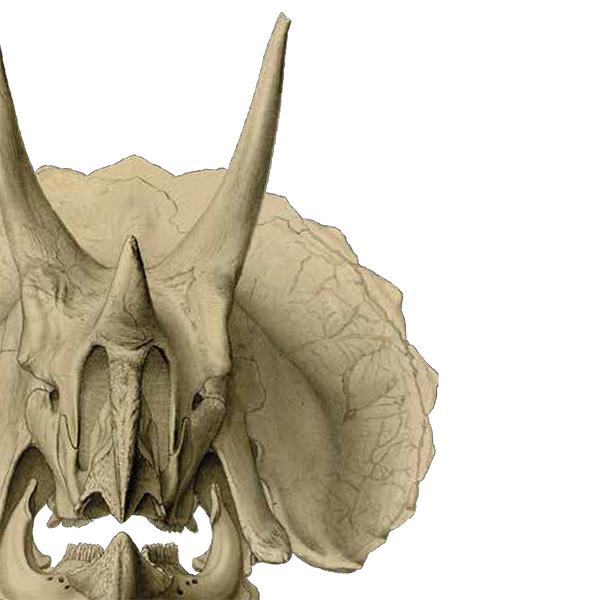
Burke Hall of Dinosaurs: Life Among Dinosaurs
Fossils are windows into lost worlds. They reveal how, when, and where living things evolved as their environments changed. They provide evidence for how evolution has played out over time and space to produce the astonishing variety of living things present today.
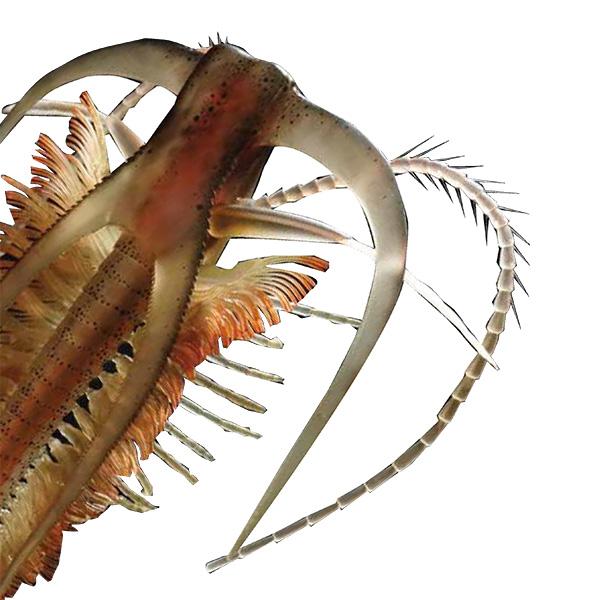
Burke Hall of Dinosaurs: Ancient Oceans
Simple lifeforms, like bacteria and other microbes, have existed in the ocean for billions of years. But it was the complex life that first emerged about 600 million years ago which eventually gave rise to the diversity of animals we see today.

A World of Change
A massive asteroid struck Earth 66 million years ago and wiped out more than three-quarters of plant and animal species. Without that catastrophe, humans wouldn’t be here today. But it also took major changes in climate, land, and oceans unfolding over tens of millions of years.
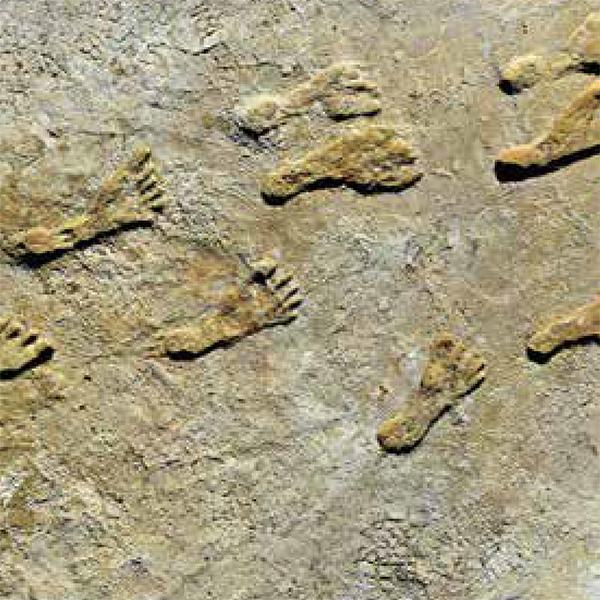
The Human Footprint
Environments shaped the early evolution and spread of humans around the planet. Over time, the effects of human activities have come to shape those environments, their impacts becoming visible everywhere.
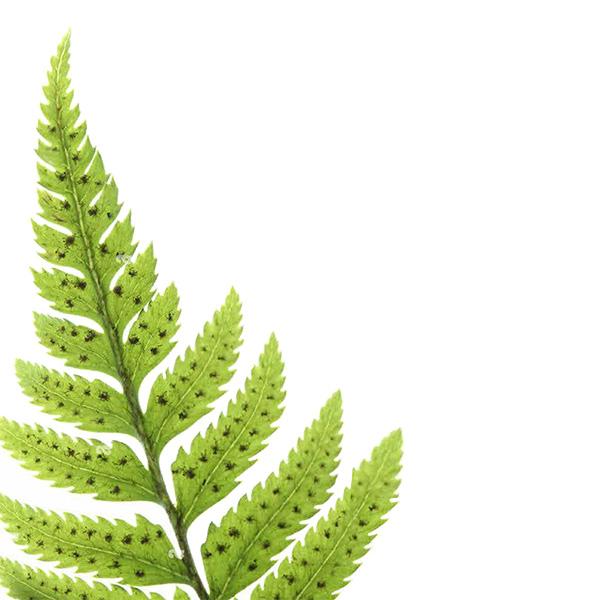
The Central Gallery
This signature space of the renovated Peabody contains giant fossil reptiles, living and fossil plants, temporary exhibitions covering ongoing research at Yale, and plenty of seating to relax and soak up the atmosphere.
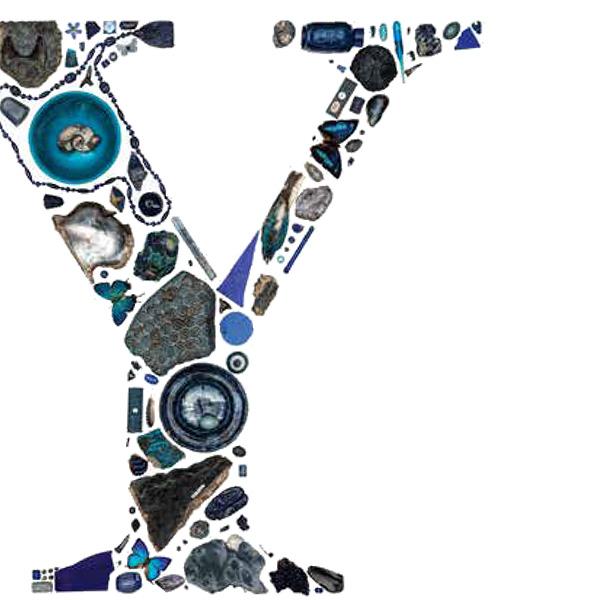
The Alison F. Richard Study Gallery
Our experiences with natural history and human culture shape our understanding of the world. Each semester, Yale faculty collaborate with Museum staff to select objects relevant to their courses, supporting the Peabody’s efforts to experiment with curatorial approaches and spark interdisciplinary dialogue across the University.

History of Science and Technology
These objects shed light on centuries of teaching, research, everyday life, industry, and injustice at Yale and beyond. Most are from Europe and North America in the last 500 years, yet they connect to stories from around the world and across millennia.

Egypt and Mesopotamia
The earliest written records of human thought appear in ancient Egypt and Mesopotamia. The ideas and institutions developed there continue to shape our world. The objects on display reveal lives and experiences, from the mundane to the sublime, linking ancient makers to modern viewers.
Please be aware that funerary and burial items are on display in this gallery.

Mesoamerican & Andean Civilizations
Ancient peoples of Mesoamerica and the Andes built great civilizations. The legacy of their communities, cities, and empires, endures today in their descendants and their contributions to our modern world. These include the creation of crops that feed billions around the world today.
Please be aware that funerary and burial items are on display in this gallery.
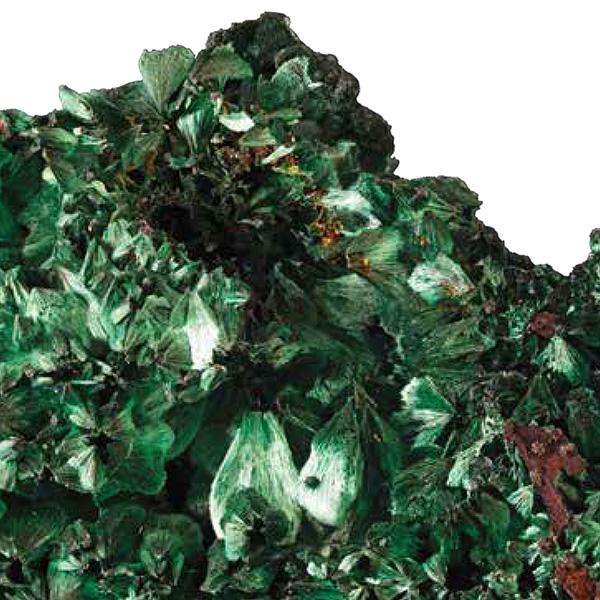
Minerals, Earth & Space
Earth formed more than 4.5 billion years ago. It has been shaped by powerful geologic forces and will continue to change for billions of years to come. Societies depend on Earth’s vast mineral and energy resources and on a climate that allows life to flourish.

North American Dioramas
From the Arctic to the tropics, North America contains a vast variety of habitats. A wide range of species has evolved to live in them.
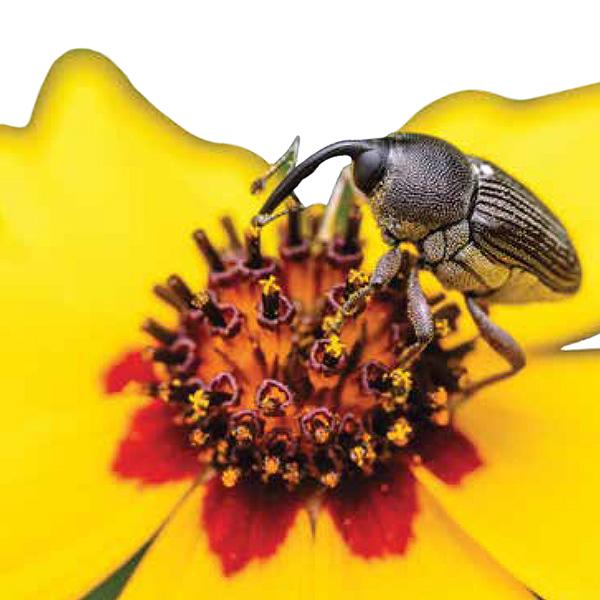
Dynamic Nature
The environment affects life and life affects the environment. Living things also affect each other. These interactions can lead to evolutionary change over time. The interplay among life, the environment, and evolutionary processes has resulted in the biological diversity we see around us.

Connecticut Dioramas
Southern New England has many different environments— seas, rivers, lakes, marshes, bogs, forests, and mountains.

Living Lab
This is a place for you to think about nature and the world in your own way. You’ll find live plants and animals, activities to try, and some of the most interesting objects and specimens from across the enormous diversity of the Peabody’s collections.
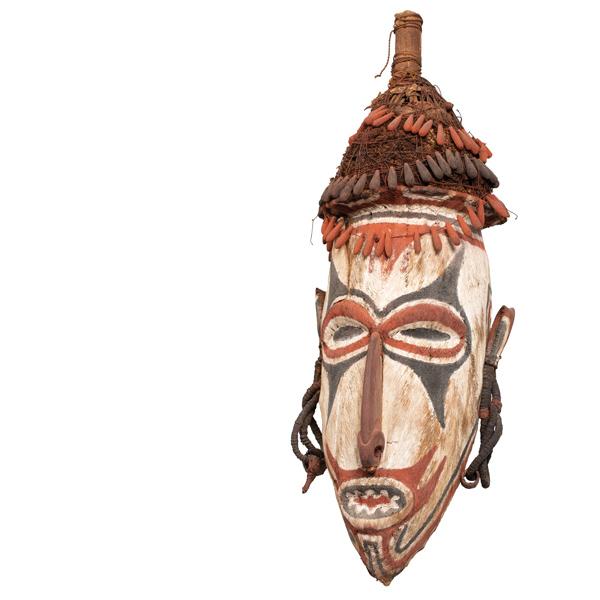
Hall of the Pacific
The Pacific is the largest ocean on Earth and home to many distinct cultures and ecosystems. The Hall of the Pacific explores how humans responded to this environment, absorbed it in their traditional beliefs and cultural practices, and reflected on it in their history.





